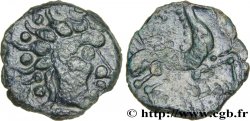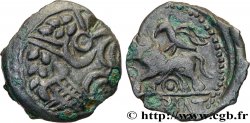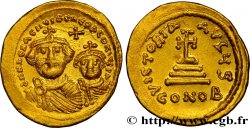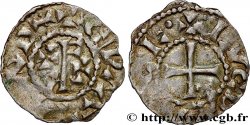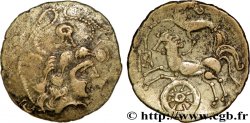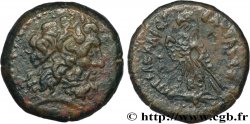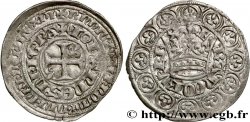Live auction - bga_517595 - GALLIA - CARNUTES (Area of the Beauce) Statère d’électrum à la joue ornée et à la lyre, stylisé
Чтобы принять участие в торгах, вы должны войти в систему и стать подтвержденным участником аукциона. Войдите, чтобы сделать ставку. Ваш аккаунт будет подтвержден в течение 48 часов. Не ждите до закрытия торгов, чтобы зарегистрироваться.Сделав ставку на данный товар, вы вступаете в юридическое соглашение на покупку выбранного товара и нажатием кнопки «Сделать ставку» подтверждаете принятие вами условий интернет-аукционов cgb.fr.
Ставка может бить сделана только в полном эквиваленте евро. Торги закроются согласно времени, указанному в описании товара, все ставки, сделанные после закрытия торгов, учитываться не будут. Не следует откладывать предложение вашей ставки до последнего момента, так как система может не успеть обработать вашу заявку, и ваша ставка не будет принята. Более детальную информацию вы найдёте здесь: FAQ по интернет-аукционам.
Все ставки победителей подлежат комиссии 18%.
Все ставки победителей подлежат комиссии 18%.
| Оценить : | 2 200 € |
| Цена : | Нет ставки |
| Максимальная предлагаемая цена : | Нет ставки |
| Конец торгов : | 10 September 2019 15:55:36 |
Тип Statère d’électrum à la joue ornée et à la lyre, stylisé
Дата: Ier siècle avant J.-C.
Монетный двор / Город: Chartres (28)
Металл: electrum
Диаметр: 19 mm
Ориентация осей монеты: 12 h.
Вес: 7,26 g.
Редкость: R2
Комментарии о состоянии
Flan ovale bien centré. Très beau droit de haut relief. Revers présentant une faiblesse de frappe. Patine de collection
Лицевая сторона
Аверс: легенда: ANÉPIGRAPHE.
Аверс: описание: Tête laurée imitée de Philippe II, très stylisée avec l'œil en amande, à droite ; la joue ornée et la ligne du cou ornée d’un collier de perles.
Обратная сторона
Реверс: легенда: ANÉPIGRAPHE.
Реверс: Описание: Bige à droite sur une ligne d’exergue doublée d’une ligne ondulée, conduit par un aurige ; (la roue du char sous la queue des chevaux) et une lyre renversée entre leurs jambes.
Комментарий
Ces statères traditionnellement attribués aux Carnutes seraient à rapprocher des émissions originaires de la Touraine.
These staters traditionally attributed to the Carnutes would be similar to the issues originating from Touraine
These staters traditionally attributed to the Carnutes would be similar to the issues originating from Touraine







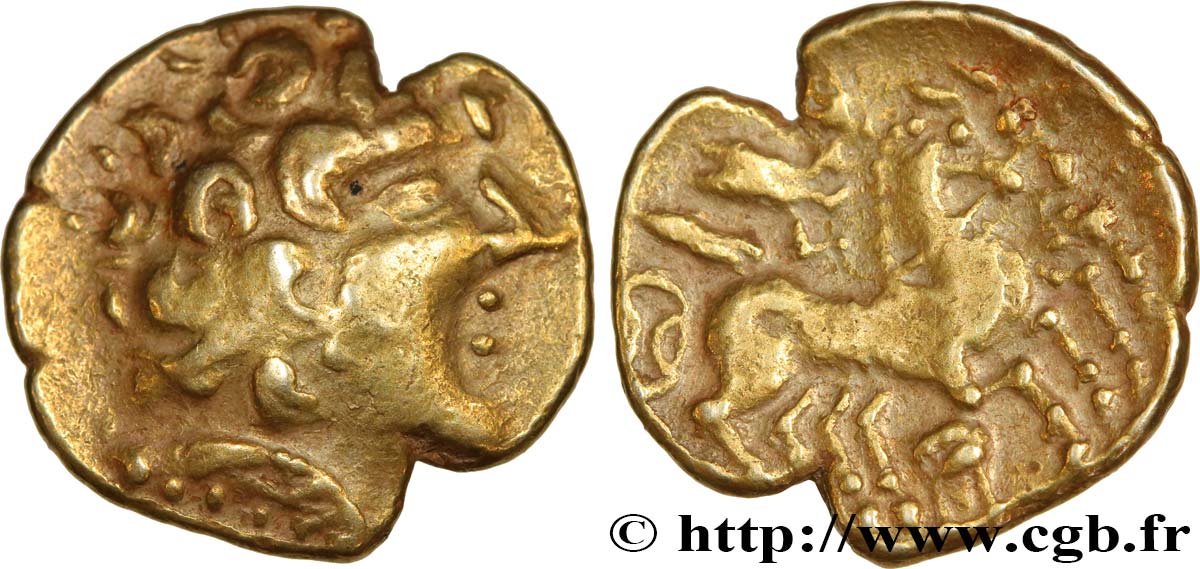
 Cообщить об ошибке
Cообщить об ошибке Распечатать страницу
Распечатать страницу Отправить мой выбор
Отправить мой выбор Задать вопрос
Задать вопрос Consign / sell
Consign / sell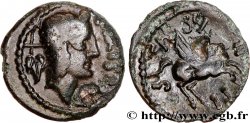
 Информация
Информация


